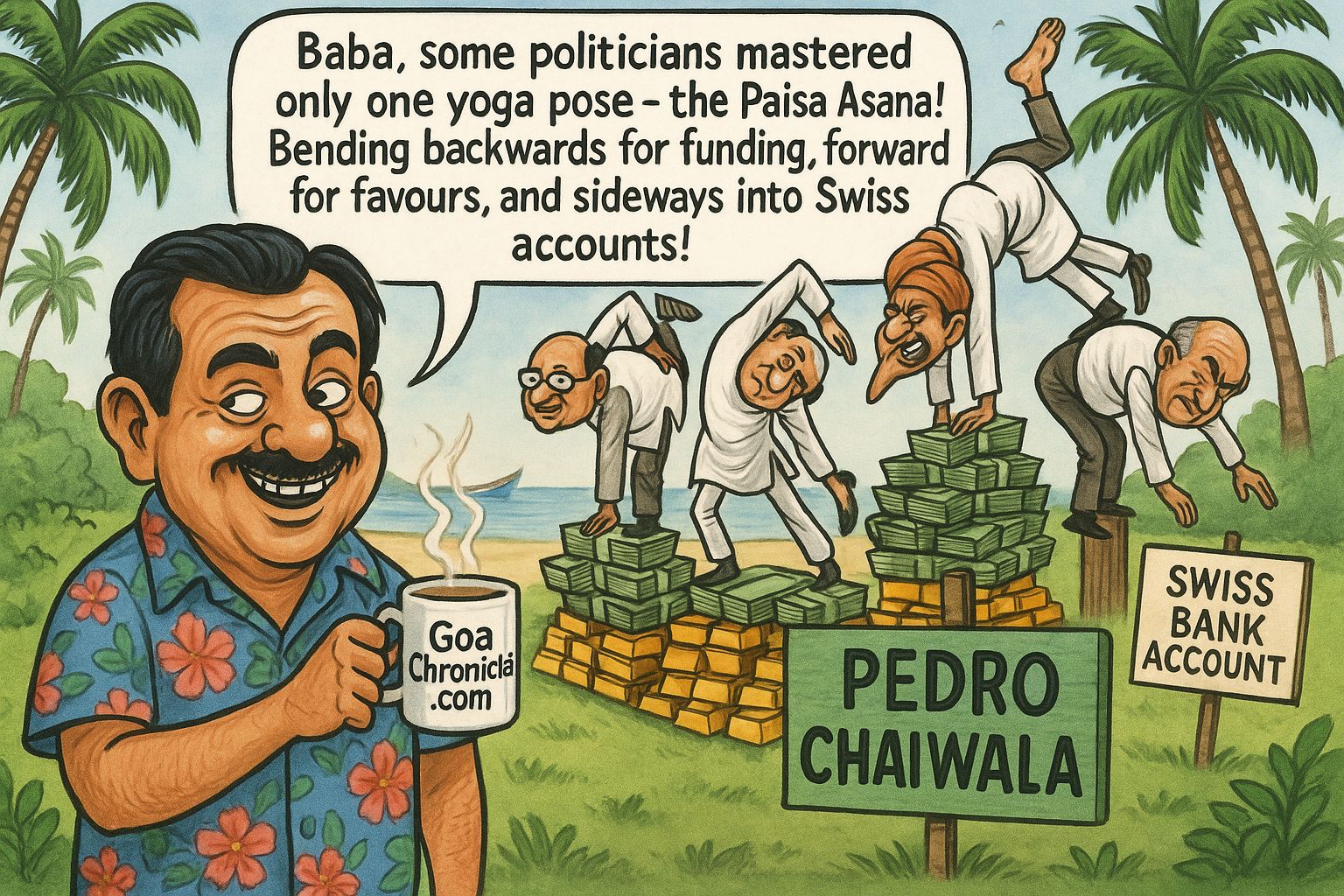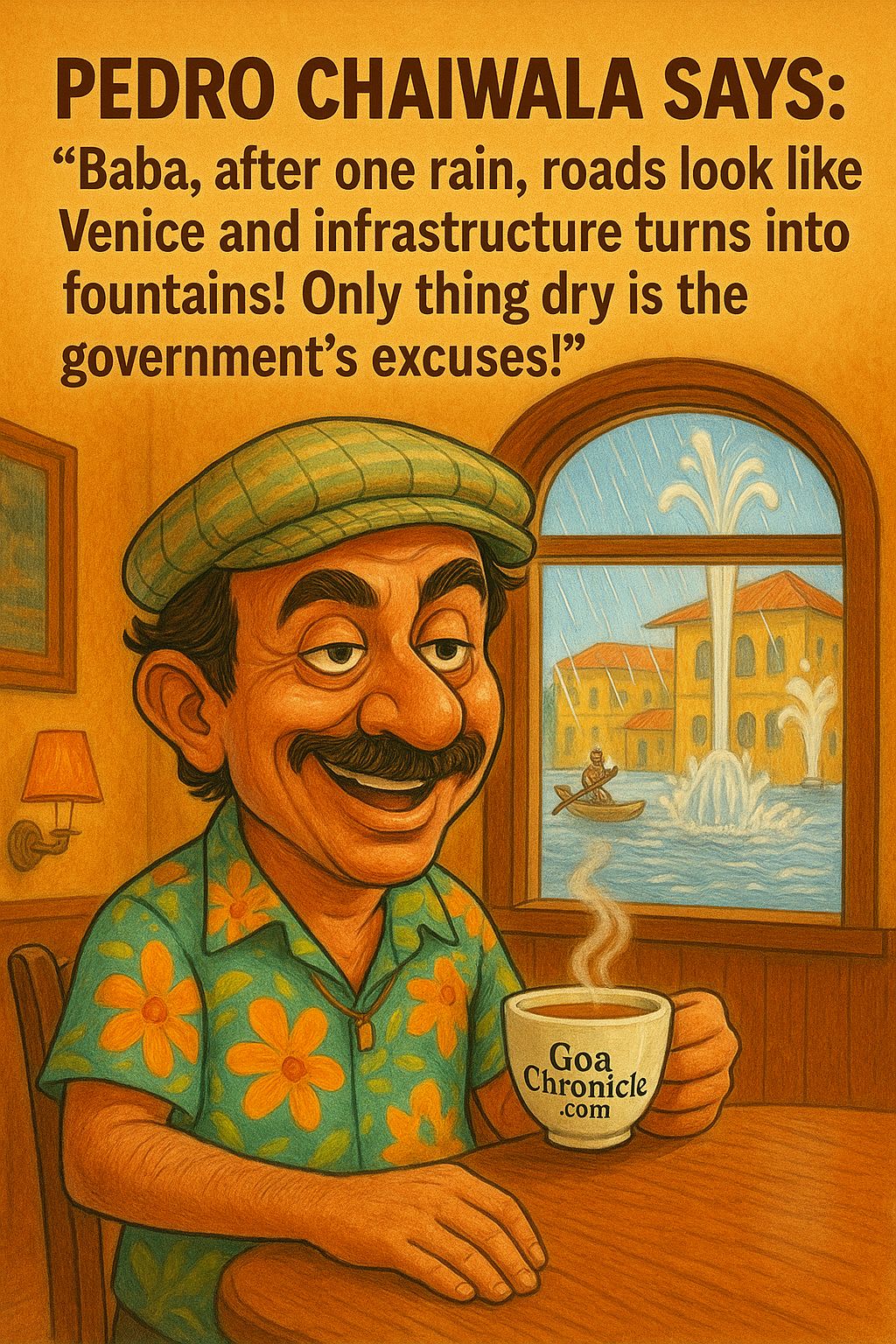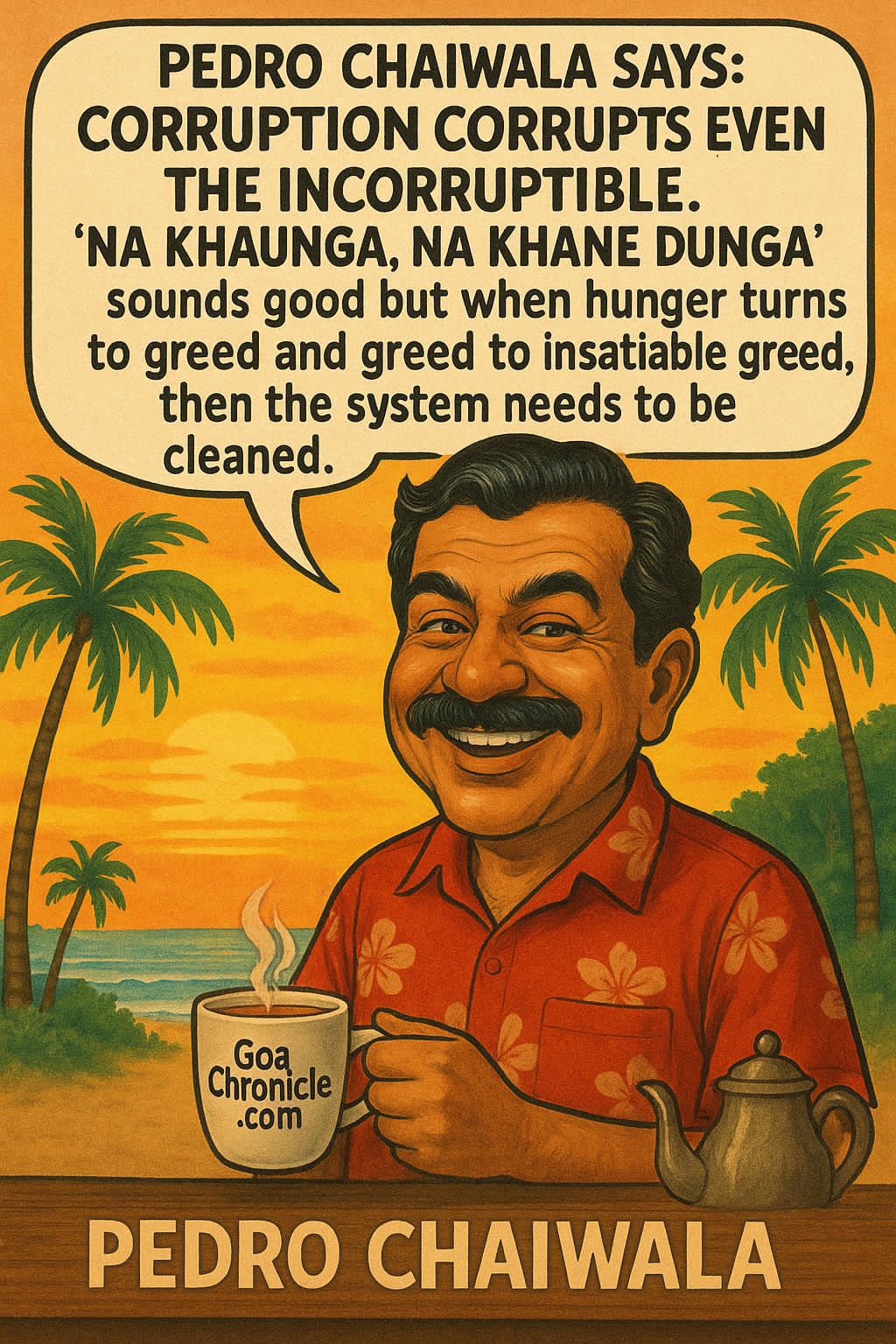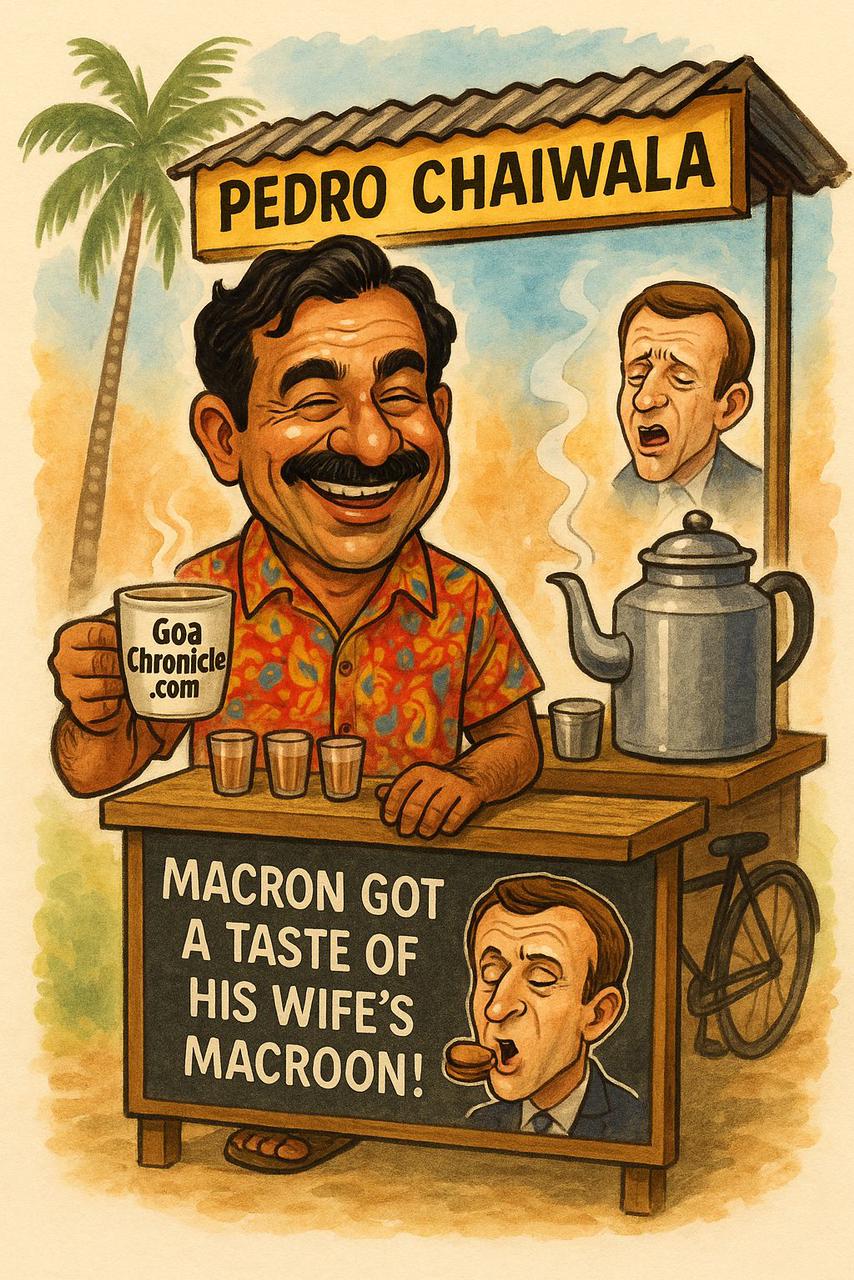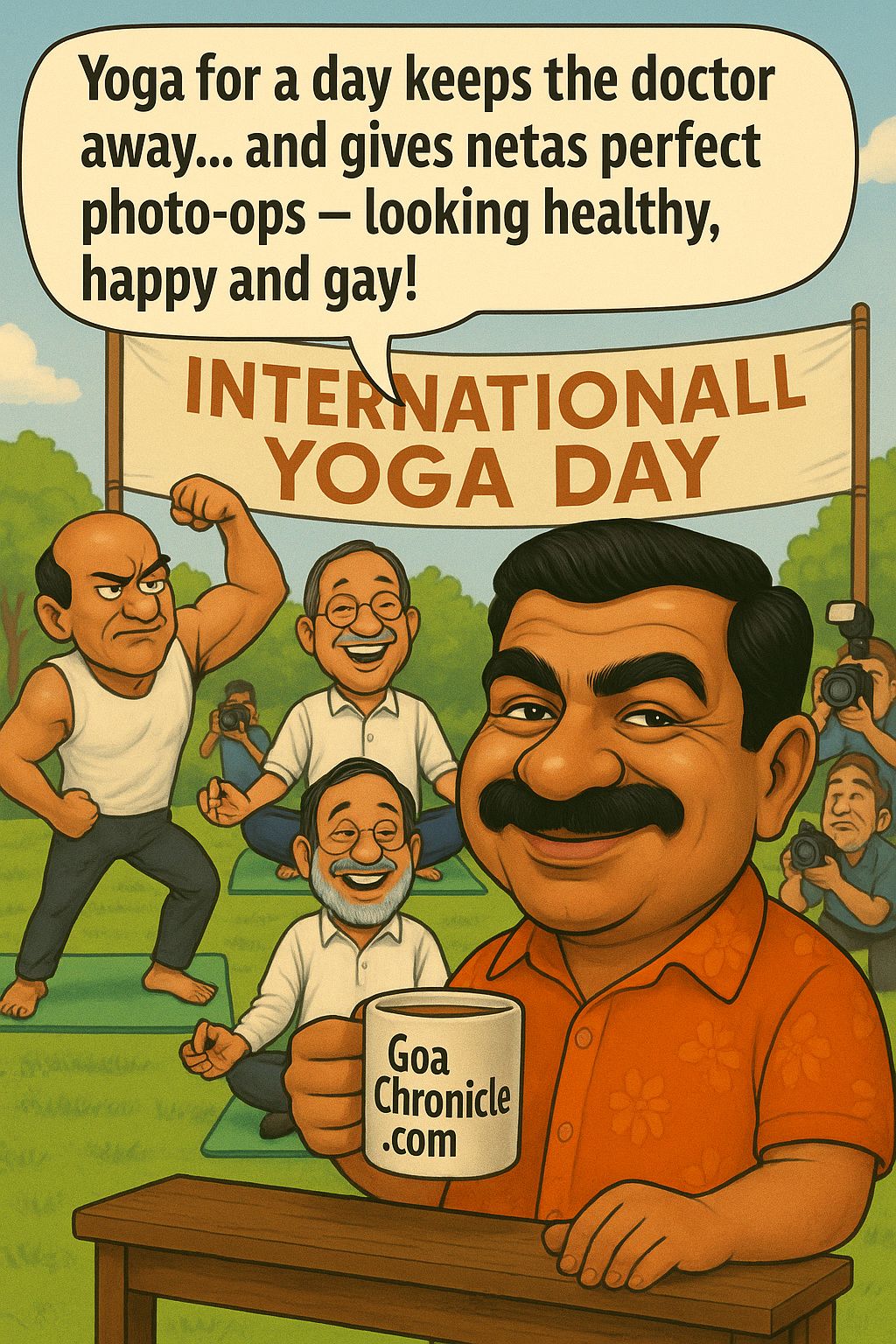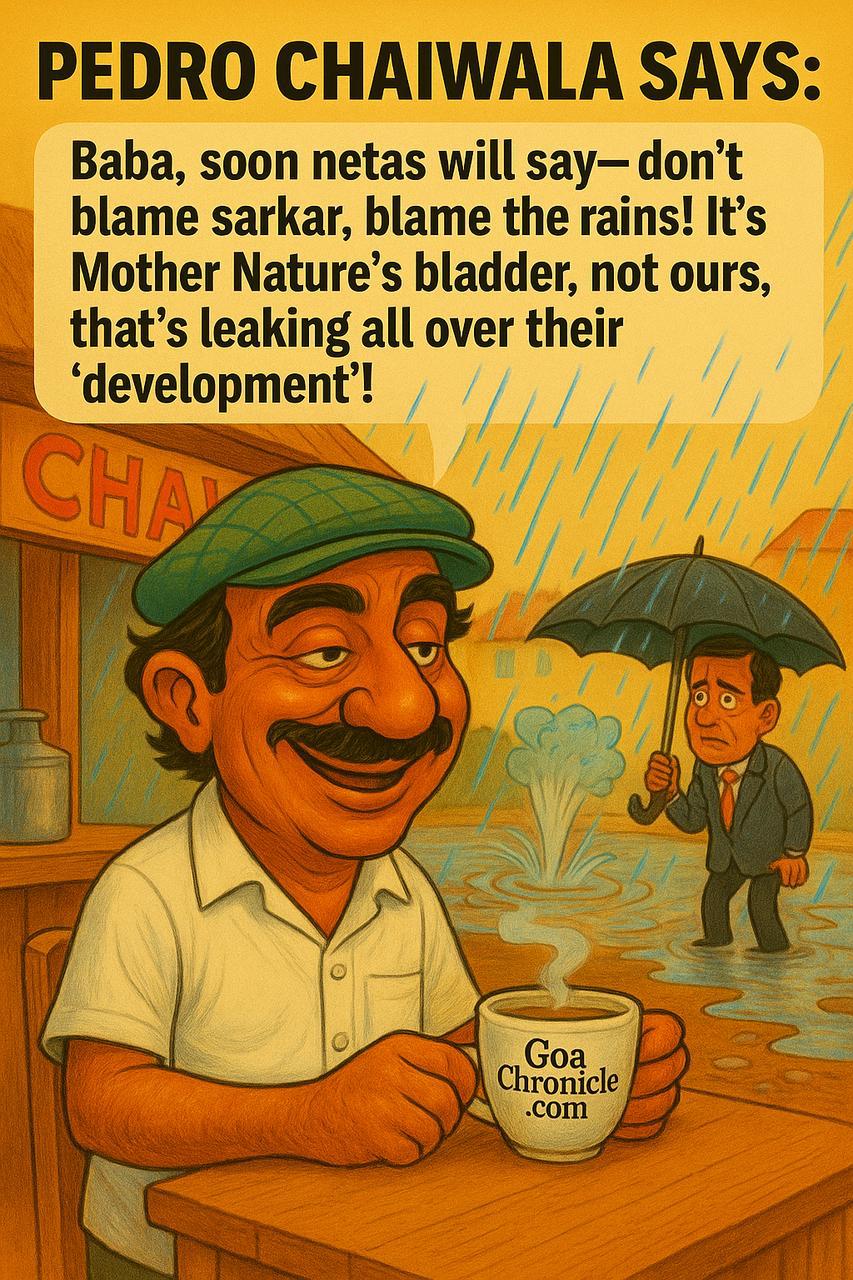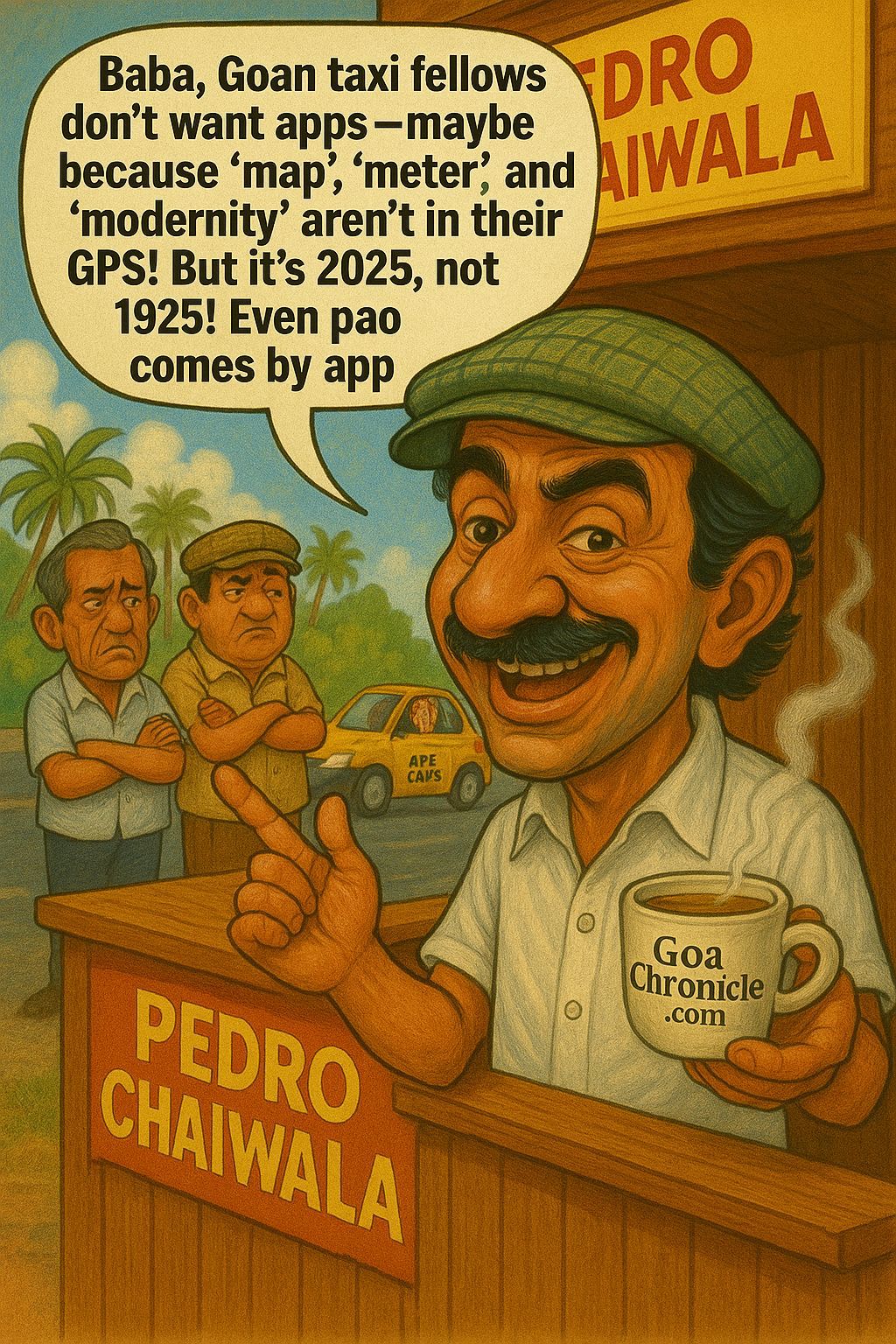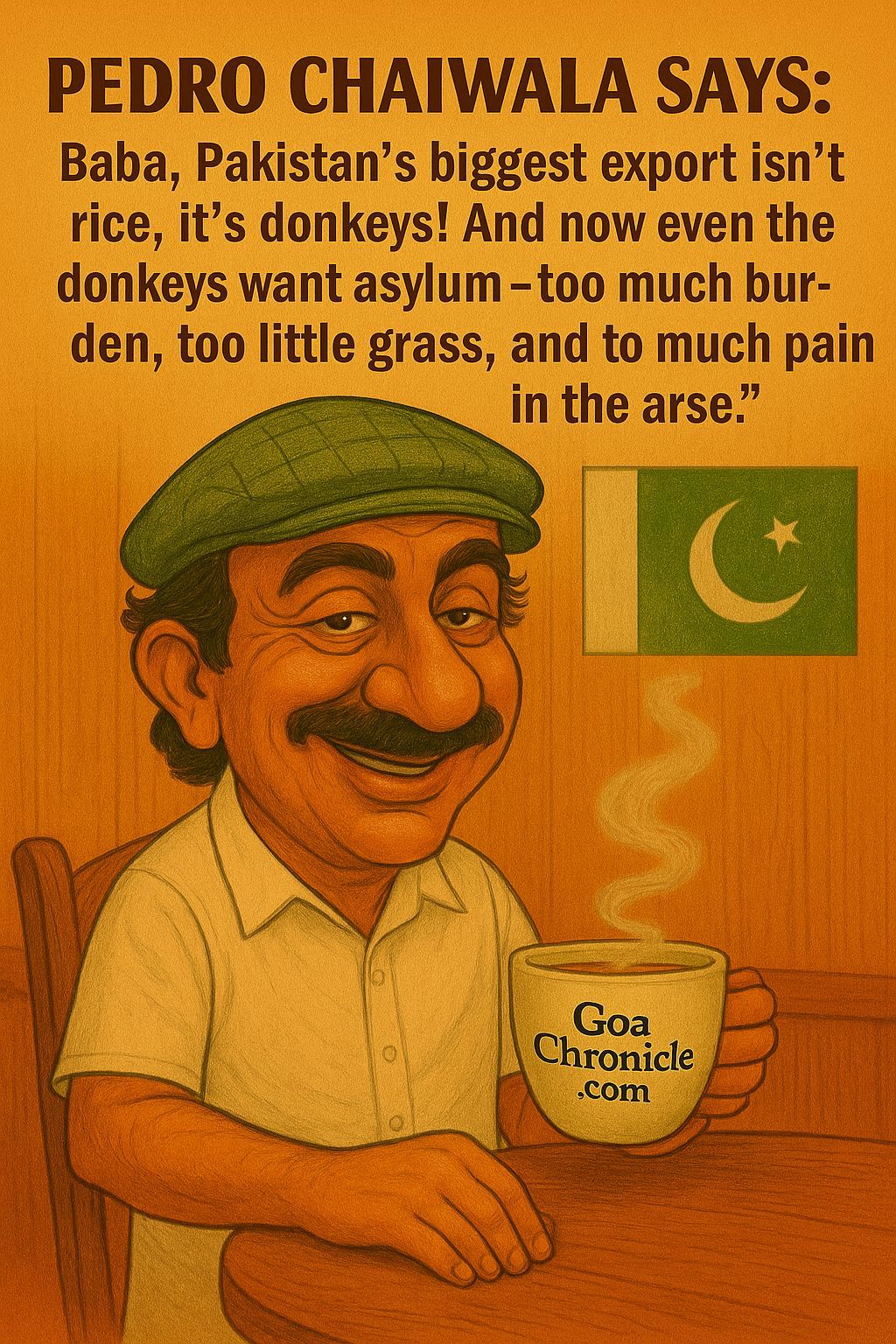New Delhi: US President Donald Trump remained defiant following a major legal setback, as a federal appeals court ruled that the International Emergency Economic Powers Act (IEEPA) does not authorise him to impose the Liberation Day tariffs, declaring them “invalid as contrary to law”, and insisting that all tariffs imposed under his administration would remain in effect.
The court, however, allowed the tariffs to stay in place temporarily, giving the administration time to appeal the decision to the Supreme Court.
“ALL TARIFFS ARE STILL IN EFFECT! Today a Highly Partisan Appeals Court incorrectly said that our Tariffs should be removed, but they know the United States of America will win in the end. If these Tariffs ever went away, it would be a total disaster for the Country. It would make us financially weak, and we have to be strong,” Trump wrote in a post on Truth Social warning that removing them would be “disastrous to the country.”
He added, “The U.S.A. will no longer tolerate enormous Trade Deficits and unfair Tariffs and Non Tariff Trade Barriers imposed by other Countries, friend or foe, that undermine our Manufacturers, Farmers, and everyone else. If allowed to stand, this Decision would literally destroy the United States of America.”
“At the start of this Labor Day weekend, we should all remember that TARIFFS are the best tool to help our Workers, and support Companies that produce great ‘MADE IN AMERICA’ products,” he said.
“For many years, Tariffs were allowed to be used against us by our uncaring and unwise Politicians. Now, with the help of the United States Supreme Court, we will use them to the benefit of our Nation, and Make America Rich, Strong, and Powerful Again!” he said.
The US has imposed a 50 pc tariff on Indian exports, doubling the previous rate, as a response to India’s continued oil trade with Russia. This makes Indian goods among the most heavily taxed in Asia and is expected to hit labour-intensive sectors like textiles, footwear, and jewellery hard, raising concerns about job losses and competitiveness.
India now faces the highest US tariff rates alongside Brazil. The move reflects a broader US trade shift, with other countries like Vietnam, Cambodia, and Laos also facing steep tariffs.









